“They say Bruges is dead. Not so. Ypres is dead – murdered by the Germans.”
These dramatic lines were written by classic travel author George Wharton Edwards in his 1920 book Belgium Old & New. If you are asking yourself just now, “Ypres, where is that?”, don’t feel ashamed. Over a hundred years ago, people were asking the same thing. In his 1911 book Some Old Flemish Towns, George Wharton Edwards remarked “‘Ypres, where is that?’ I am constantly asked when I mention this remarkable town…”

When you look in the average tour guide or tourist website about Belgium, four cities will always be mentioned first, Brussels, Bruges, Ghent, and Antwerp, in generally that order of touristic importance. This isn’t the first time Ypres has held the status of under-appreciated. In 1913’s The Spell of Flanders by Edward Neville Vose, the author remarks that only a “half dozen tourists” visited Ypres each day. As a member of a tour group, the author gave an anecdote when the tour guide “announced that our next destination would be Ypres.” He quipped that “If he had said that it would be Chingwangtao,… the ladies could hardly have stared at him more blankly.“
So where is Ypres? Well, let’s first tell you what it is.

What if I told you that Ypres has the single most impressive building and museum in all of Belgium? That it is still partially surrounded by a moat and medieval walls which can be explored? That entering the city gates to the city center is like entering a time machine and each street has Old World cobblestone picturesqueness? That Belgium’s best blond beer is brewed right in the heart of the city? That every night one of the most historical military ceremonies takes place? Sounds like a nice place to visit, doesn’t it.
There is one thing going against Ypres. It is located in the far West Flanders part of Belgium, close to France. Edwards said it best about West Flanders in Some Old Flemish Towns:
“There is no place in Europe more deficient of what is known as “scenery” than this region…”

Ypres was the most important city in Flanders and one of the most important in Europe in the 13th and 14th centuries when it had thriving guilds and was the center of the Flemish lace and textile industry. Many of the soldiers who fought and won the Battle of the Golden Spurs in 1302 came from Ypres. However, its close proximity with France made it a target for constant invasions and vulnerable to dubious political flip-flopping between loyalty to the French and the Flemish. This led to the downfall of the city’s power and importance. Whatever dignity was still lingering by the French Revolution was finally snuffed out, and Ypres became a sleepy backwater swallowed up by the surrounding “deficient” West Flanders scenery. Ypres became “hardly known to the outside world.” (italics from Some Old Flemish Towns)
But 1914 changed everything.

The Spell of Flanders is a fascinating look at Ypres, because the travels that are described occurred in 1913, but by the time the words were put to print, World War I broke out and Ypres already had begun to suffer terribly during October and November 2014 which is now called the First Battle of Ypres. Even the author didn’t know whether or not the buildings he was describing were even still standing. But Vose had this really incredible prediction. “As compared with the half dozen tourists that averaged to visit Ypres each day before the war, the return of peace will see it become the Mecca for daily thousands.” While the numbers may not have reached that prior to 2014, after the start of World War I reached it’s 100th birthday, Ypres and the surrounding vicinity did reach “daily thousands” of visitors.
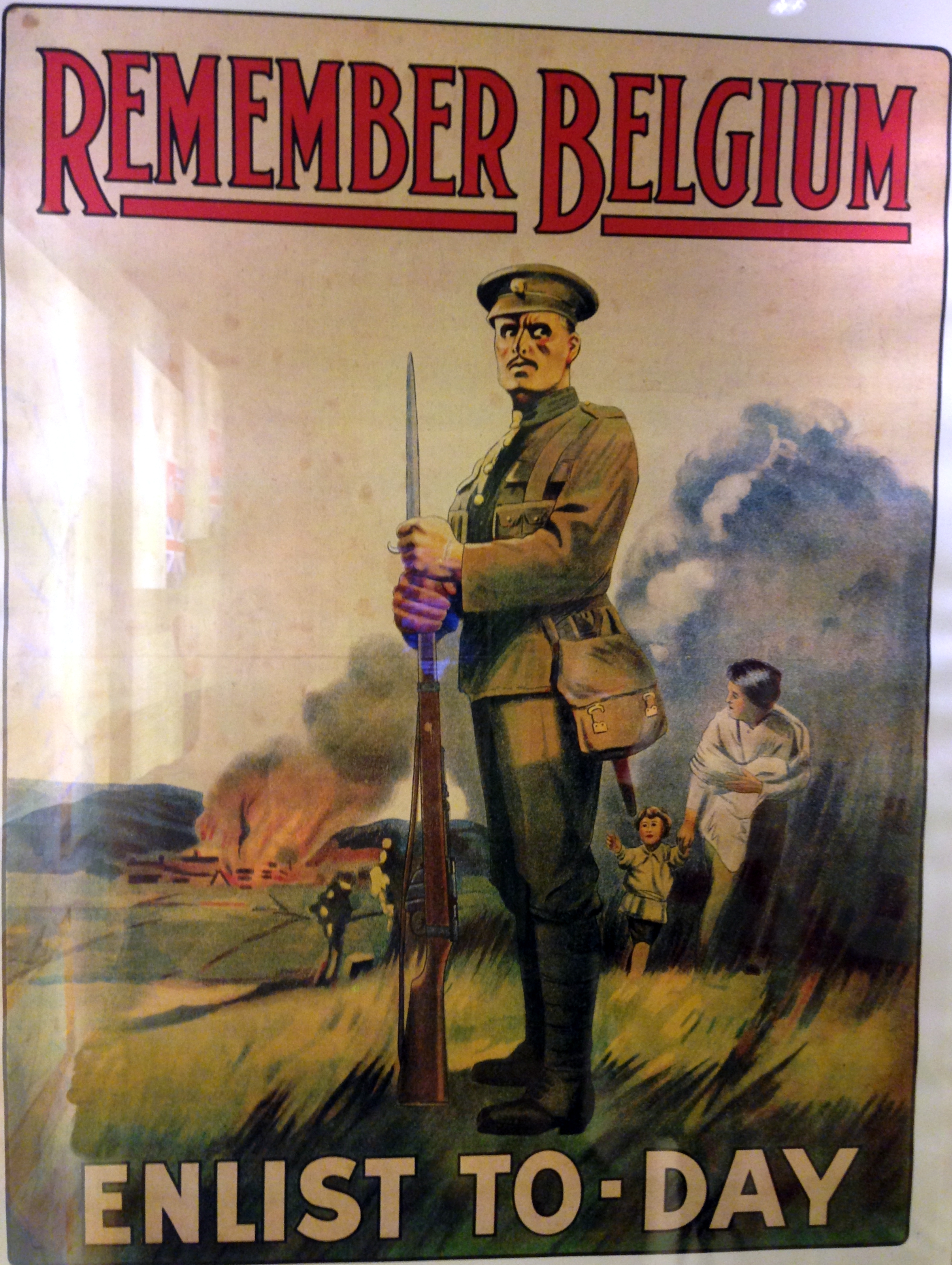
Ypres today is a bit like Bruges without the canals. Every street is a proverbial postcard. The buildings have been restored to their pre-Great War glory and the tourism is devoted to its link to World War I. There were five battles in the vicinity which bear the Ypres name (e.g. First Battle of Ypres, etc.) that saw at least a combined 1,000,000 casualties. All of this happened between 1914-1918. A tremendous amount of the blood spilled was British (and Commonwealth), and Ypres is a place that shouldn’t get many blank stares from the British, Irish, Australians, New Zealanders, Canadians, and so on.
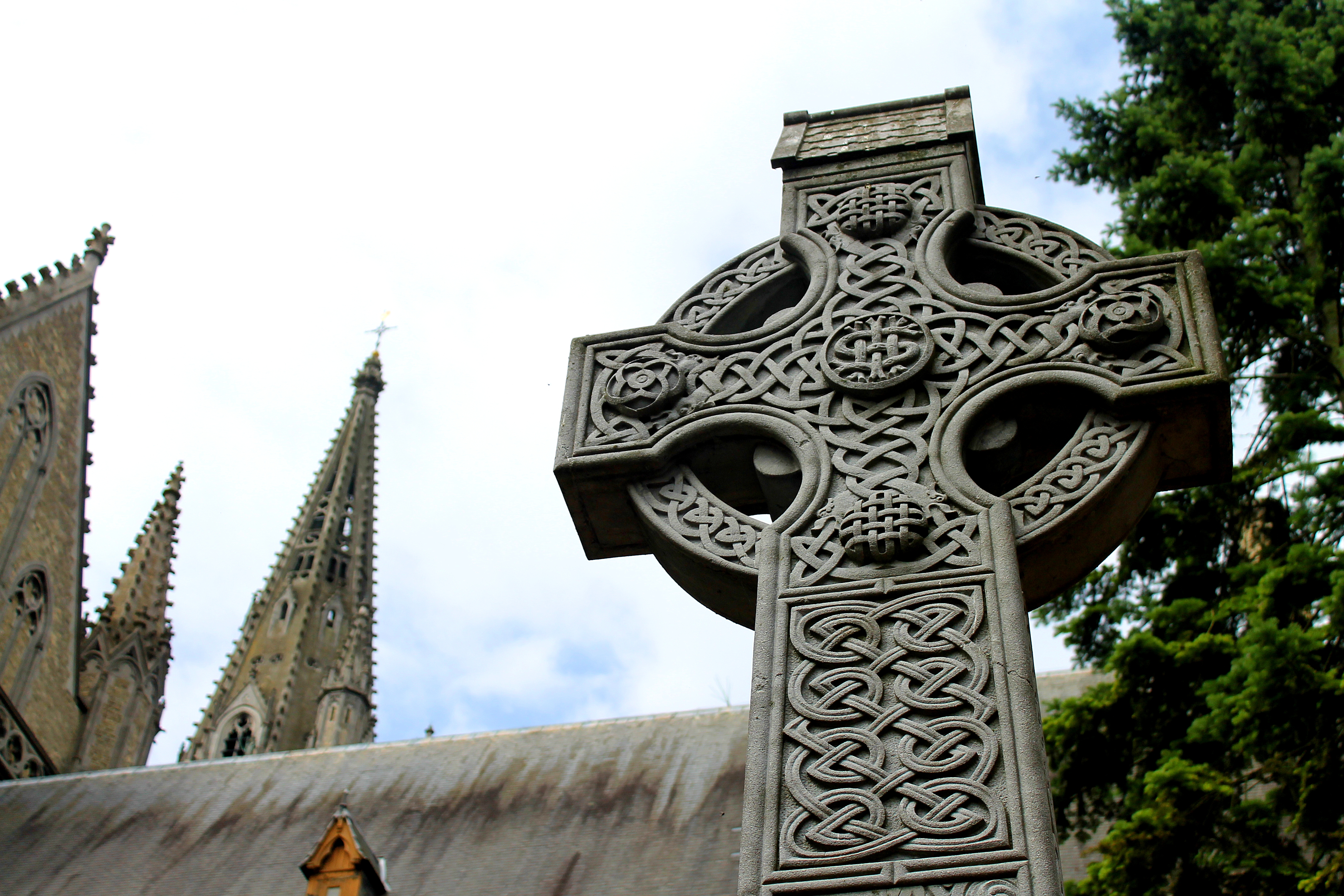
Another important remark (and bringing us to the brewtiful angle of this post) about Ypres, or rather the Flemish people in general was an observation made by the author during his visit to Ypres in Some Old Flemish Towns from 1911:
“A good deal of hard drinking goes on, for the Flemish is a drunkard by choice and inclination. It is said that more beer and stronger drink is consumed per capita here than anywhere else in Europe.”
With that being said, here are my recommended highlights of the beautiful and under-appreciated city of Ypres.
In Flanders Field Museum (New Cloth Hall)
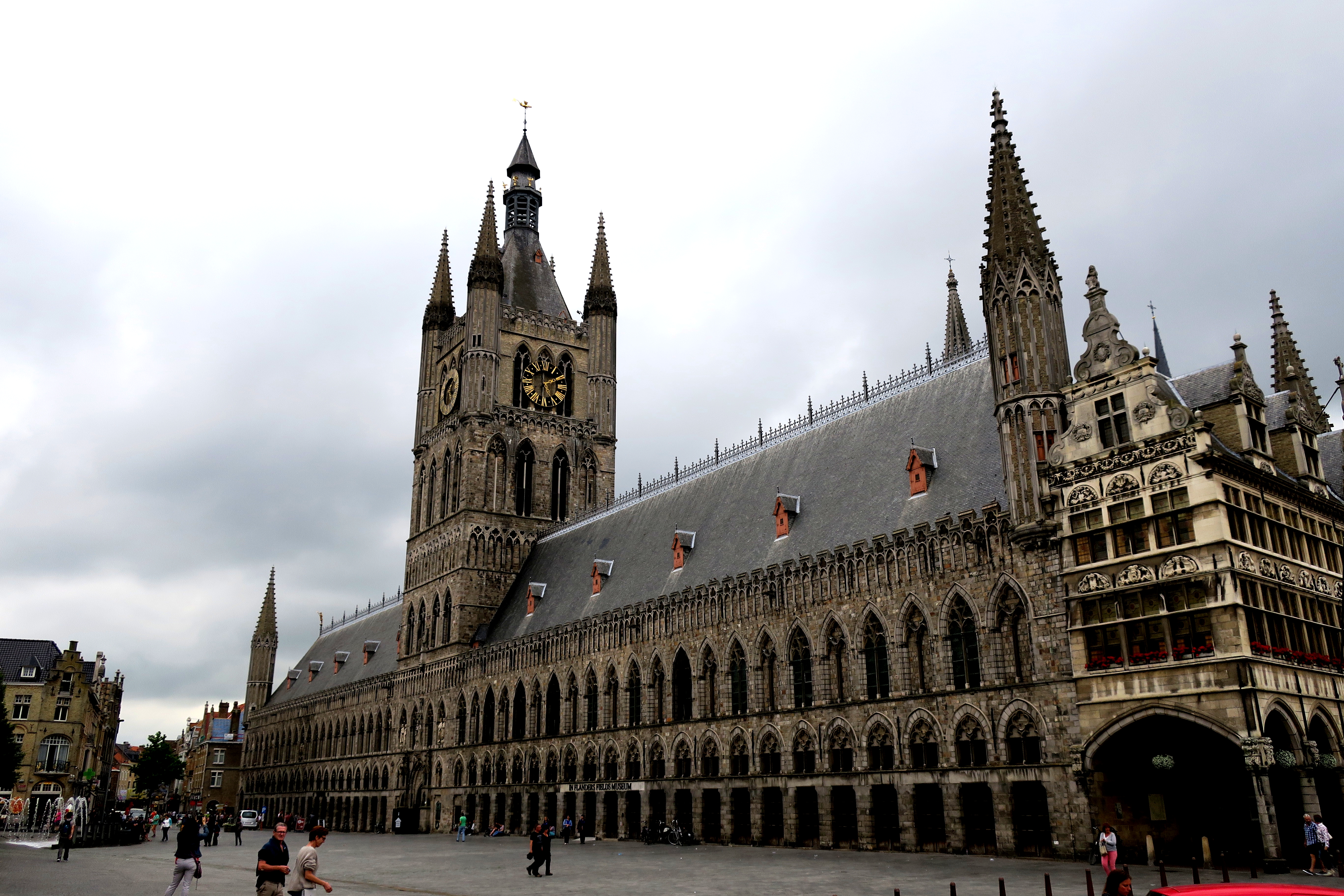
Here is the most impressive building in Belgium. The original was completed in 1304 and was a warehouse and market for the city’s thriving textile industry. It is completely rebuilt but that does not take away from its authenticity and historical value. I do not believe rebuilt buildings destroyed by an enemy in war lose any authenticity. In fact, they become even more important symbols. The museum inside is an absolute must to gain any appreciation for what happened to this country one hundred years ago.

This building is worth having a view of from your hotel room. I don’t normally endorse hotels in my blog posts because everyone has their own comfort levels and budgets. I’ve had good experiences with Hotel Regina which is right across the street. The view is pretty nice.
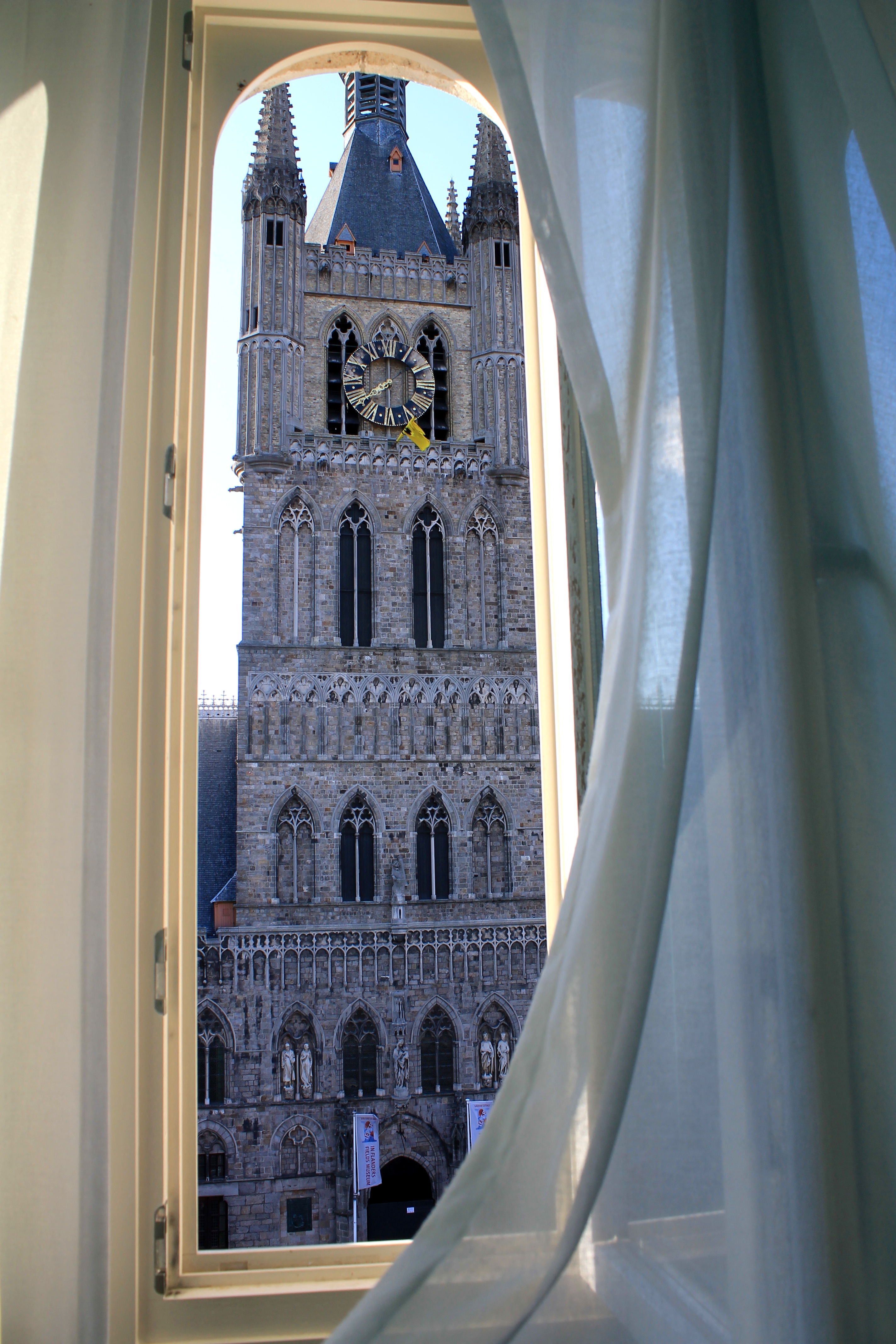
And the Hotel Regina Brasserie is not a bad place to enjoy a brew.

St. Martin Cathedral
Still commonly referred to as a “cathedral”, it is not technically a cathedral since 1801 when Ypres first fell under the diocese of Ghent. Don’t ask me how that works. While I enjoy browsing beautiful gothic cathedrals, the interesting part of a visit here is to view the photographs of the World War I damage.
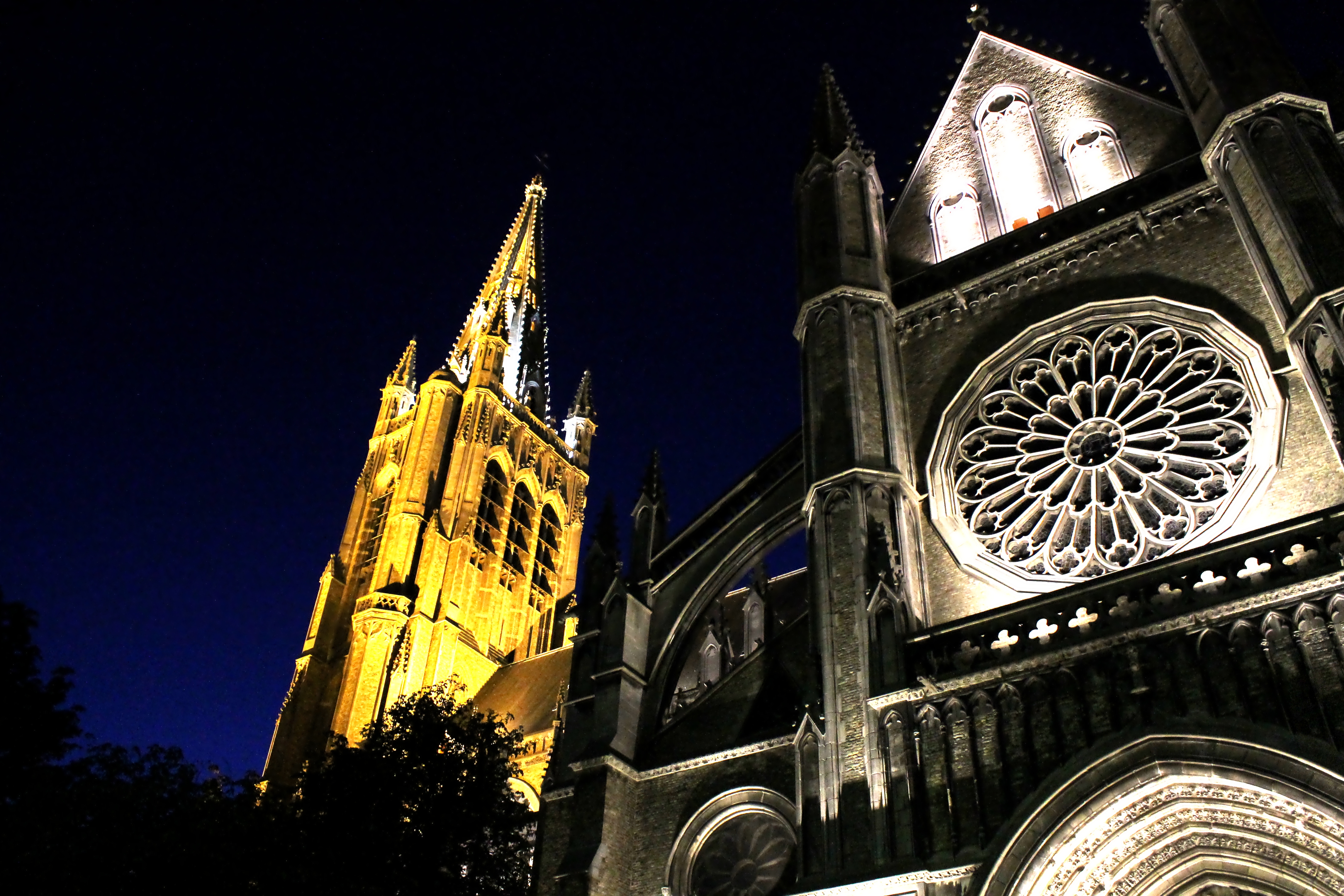

Strolling the City Ramparts
A peaceful walk around the city walls gets you into a bit of nature. This is the type of place I like to find in any city to give myself a chance to reflect and fulfil the Appreciation Process.
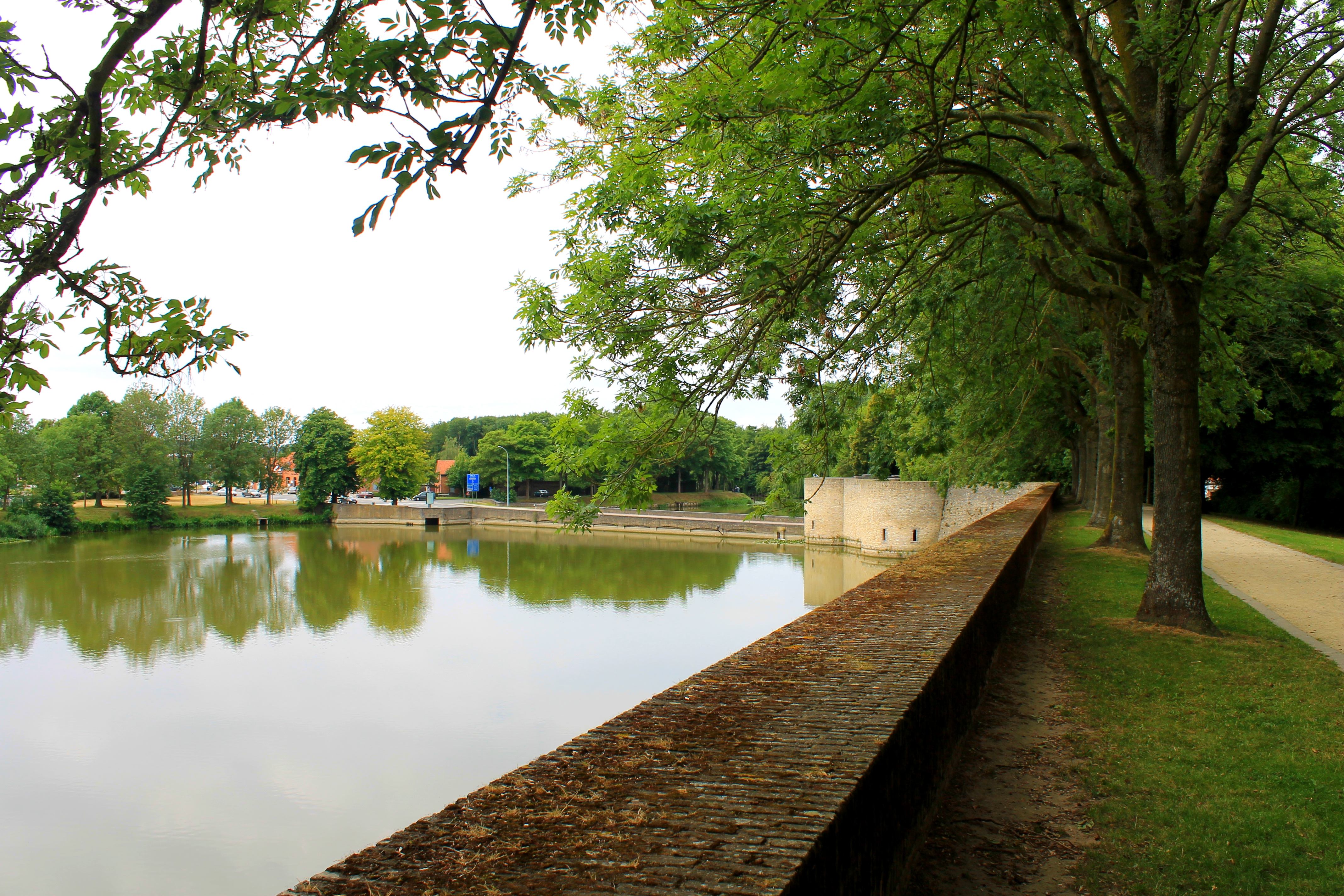
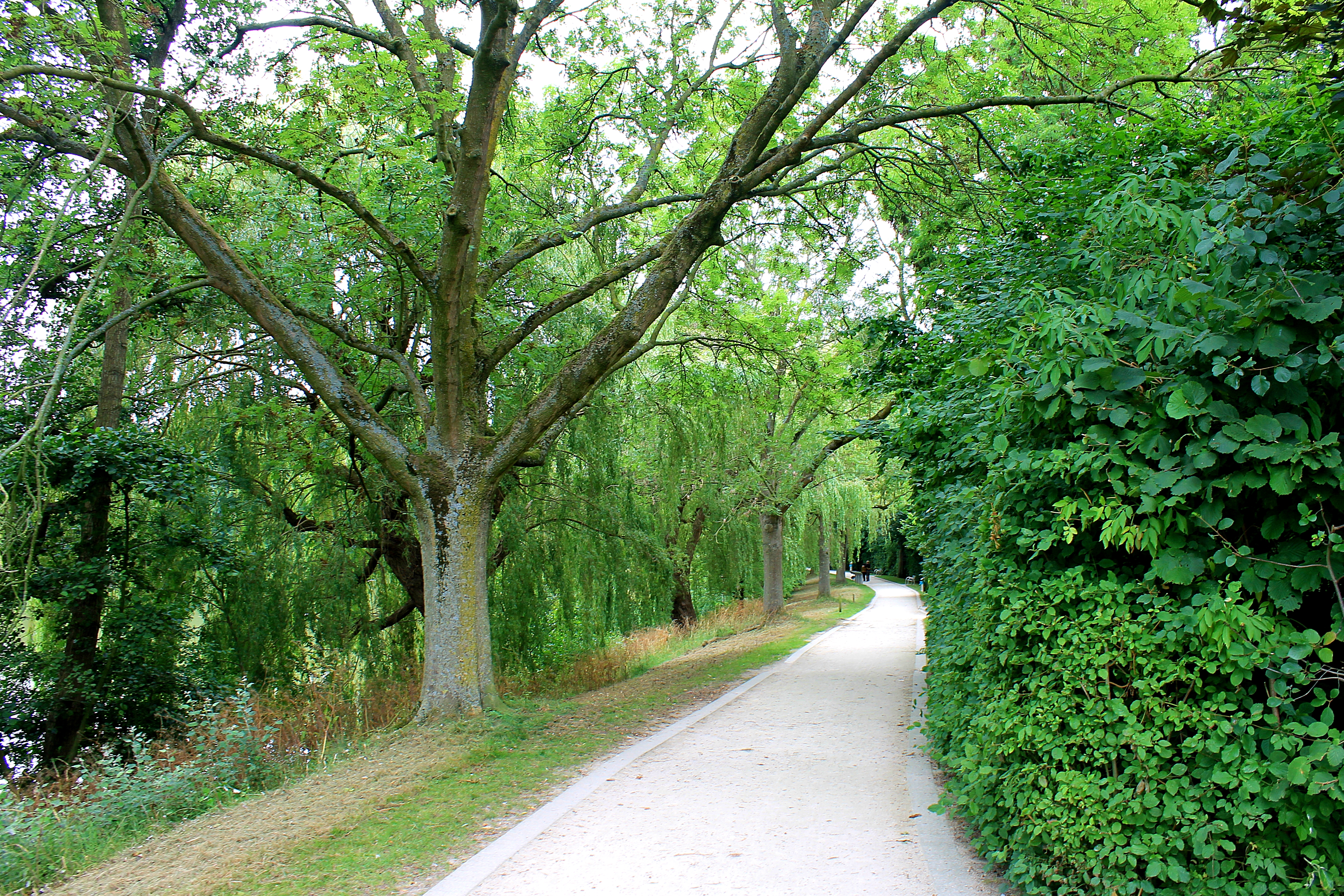
City Stroll
Ypres is a city where it is best experienced trying to get lost.

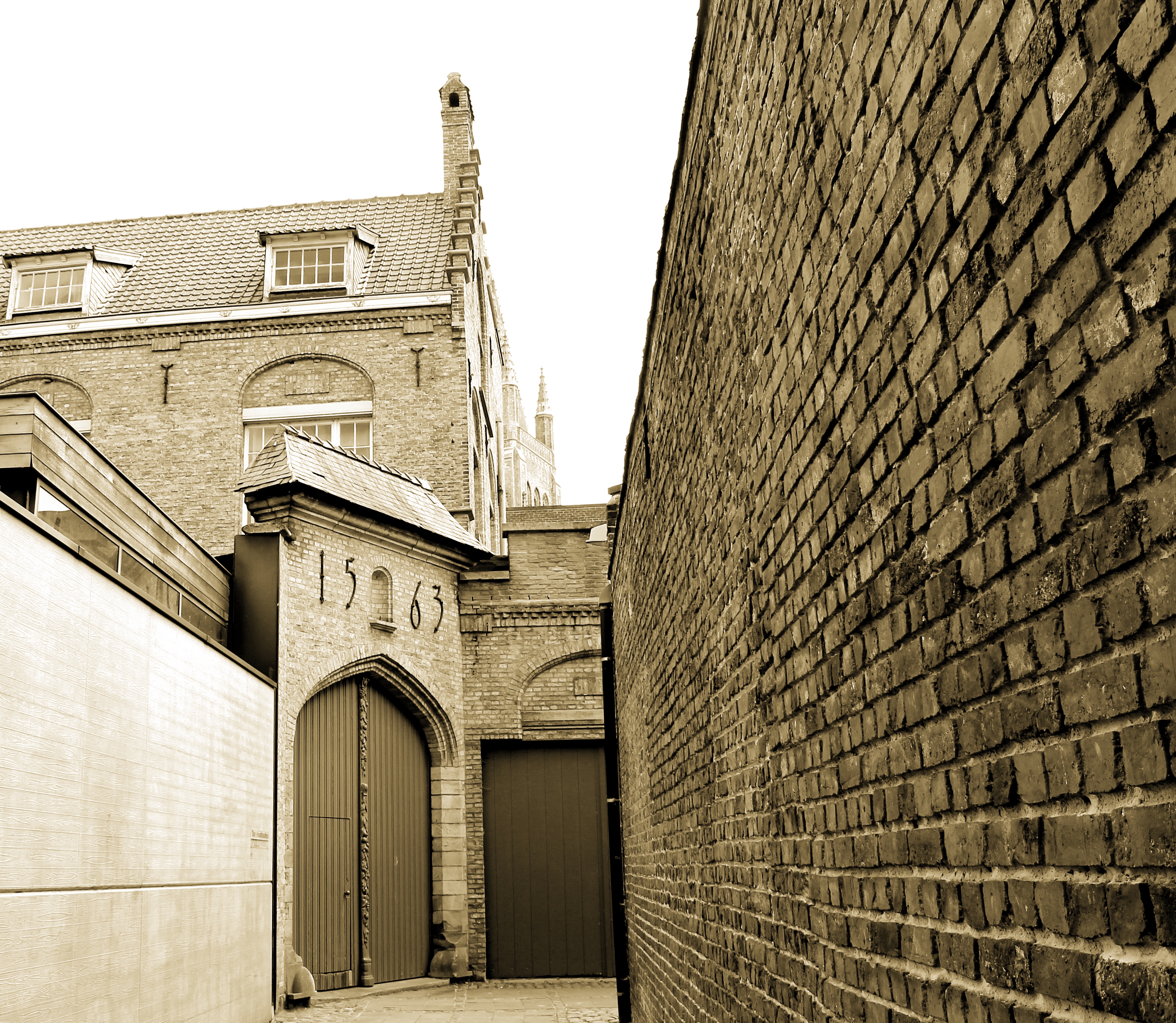
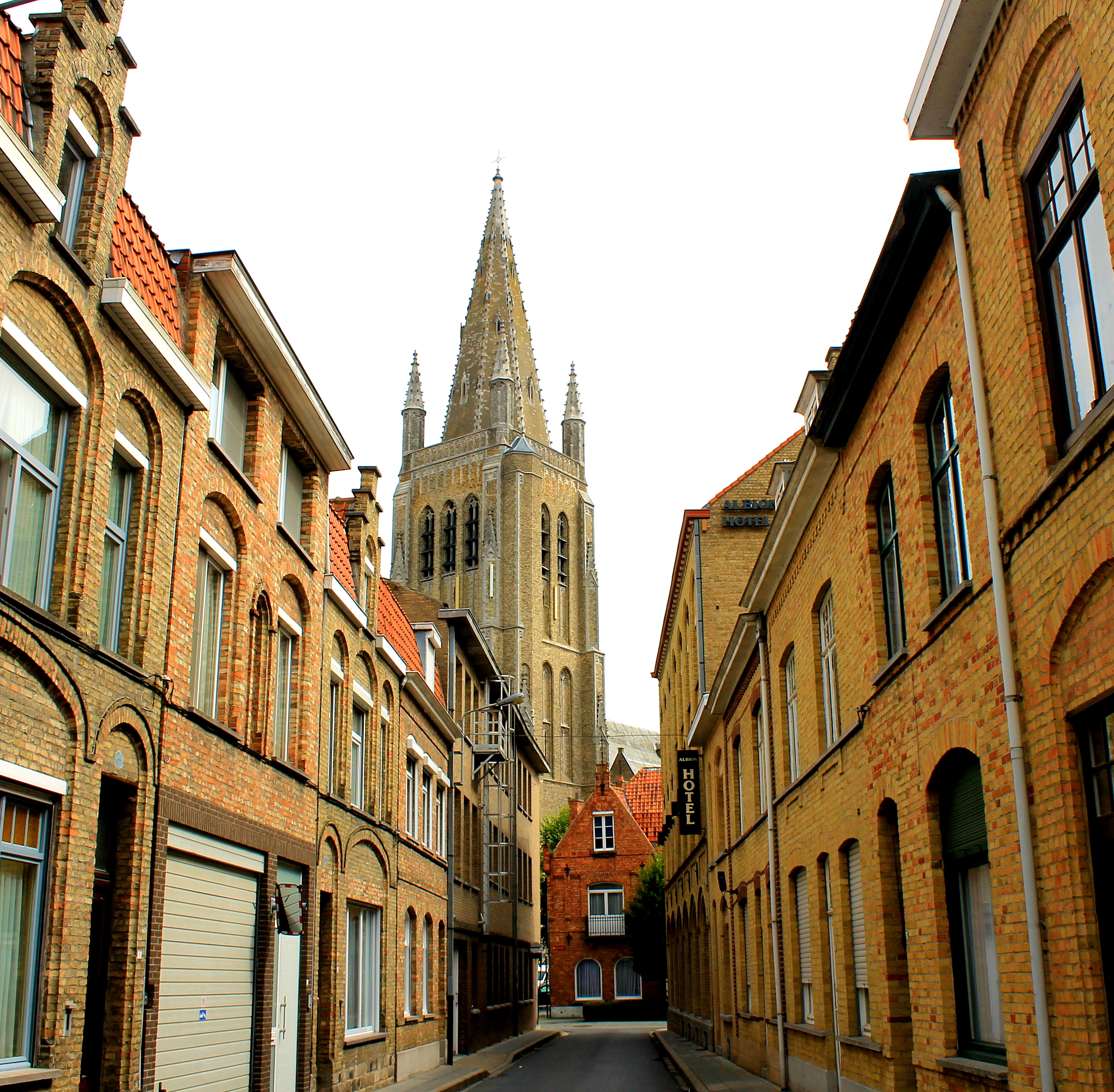
Witness the Last Post at the Menin Gate
The Menin Gate Memorial was built in 1927 to commemorate the missing dead of the Commonwealth. Every evening at 8:00pm since July 2, 1928, a ceremony of bugling occurs.
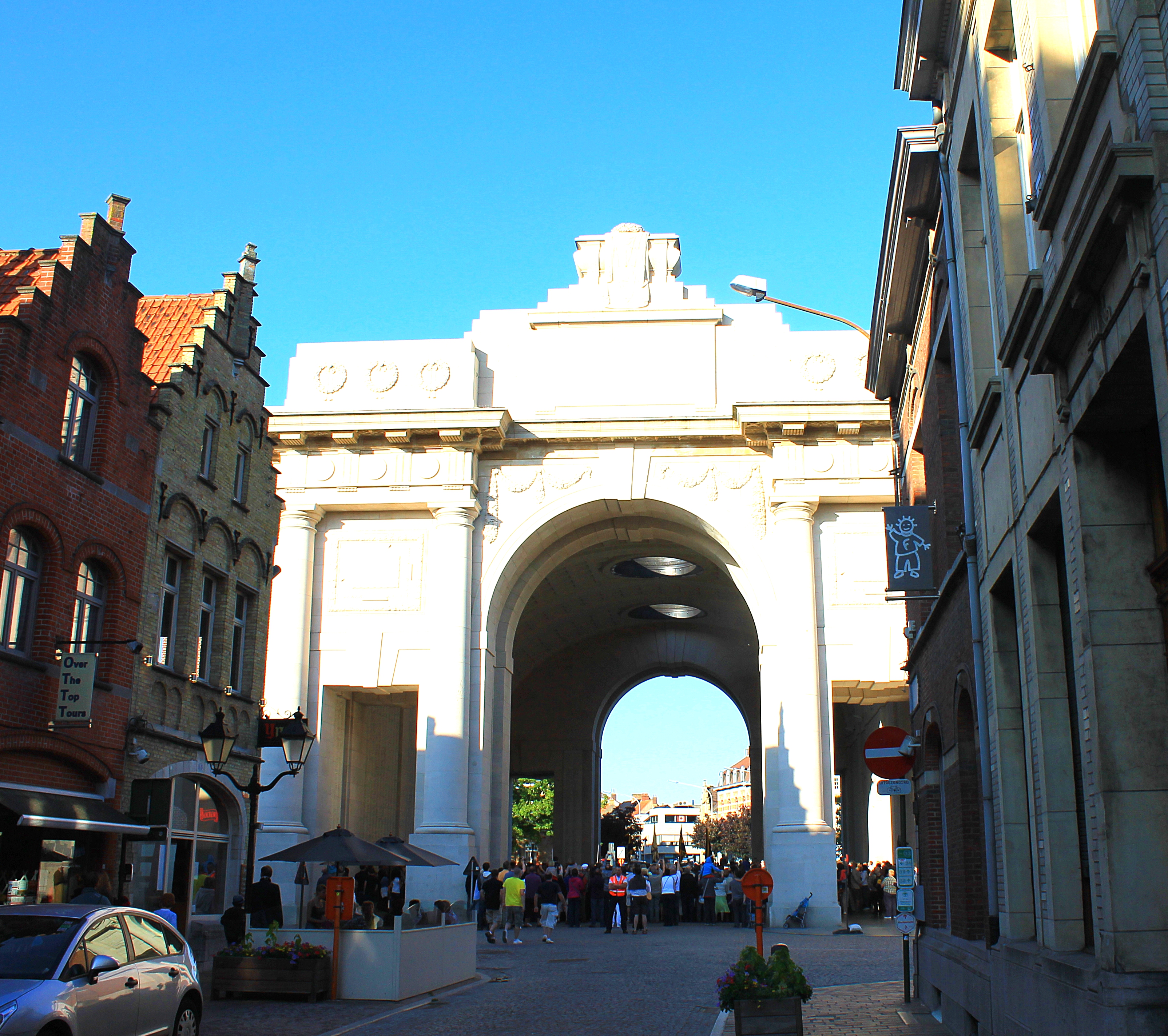
To view the ceremony, you really need to be there in advance. It occurs at street level and there is not really any good way to get elevation to look over people standing in front of you. In my opinion, the best way to view the Menin Gate, is to sip at beer at the…
Ypra Inn
On a warm summer’s evening, there is no better place to sit and sip the best blond beer in Belgium, Ypra.
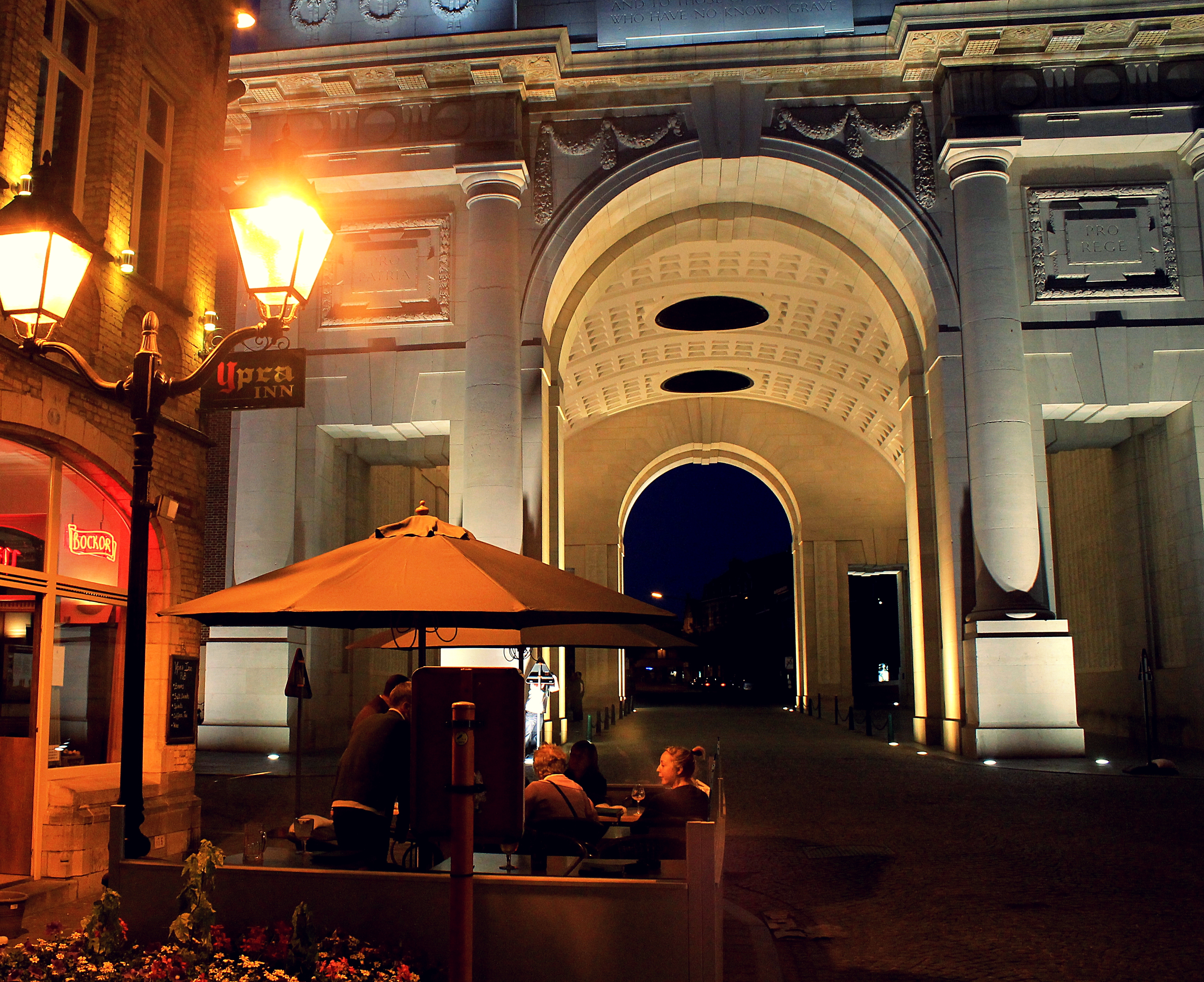

‘t Klein Rijsel
My favorite pub to enjoy an afternoon beer after a city walk or bike ride is here. This pub also has a mini-museum. On a nice day, you can sit outside and enjoy the view of the Lille Gate. A bonus for beer fanatics is to enjoy the house beer Vredebier in the nice ‘t Klein Rijsel beer mug.

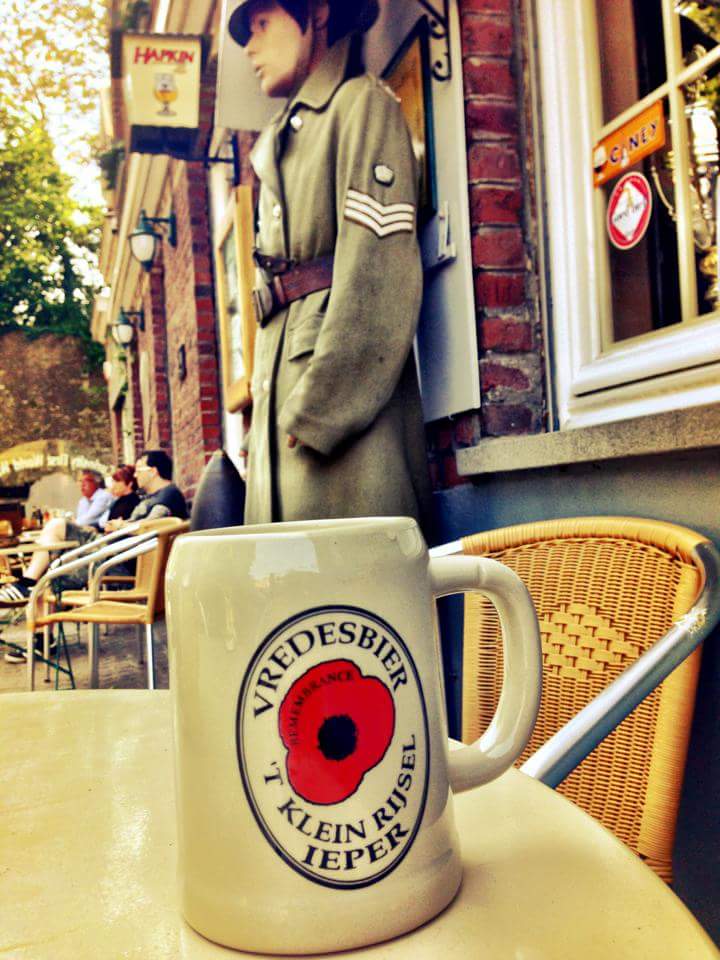
Kazematten Brouwerij
The city brewery which is most available to visit is the Kazematten Brewery which is built into the city fortifications or casemates. Here you can enjoy a Wipers Times which was the title of a magazine published by British soldiers in World War I, who pronounced the name of the city as “Wipers”.

Drink an Ypra
Ypra is a blond beer brewed at Brouwerij Vermeulen, located inside the city center. I don’t know if this brewery ever has visiting hours, but it has never been available to visit during a time I was in the city. However, I find Ypra to be about as perfect a beer in the Belgian blond style as exists. When I consider the taste, the color, the foam, the glass, the label, and the location from where it is made, I rank it as the best Belgian blond beer. As mentioned above, the best place to enjoy it is at the Ypra Inn next to the Menin Gate.
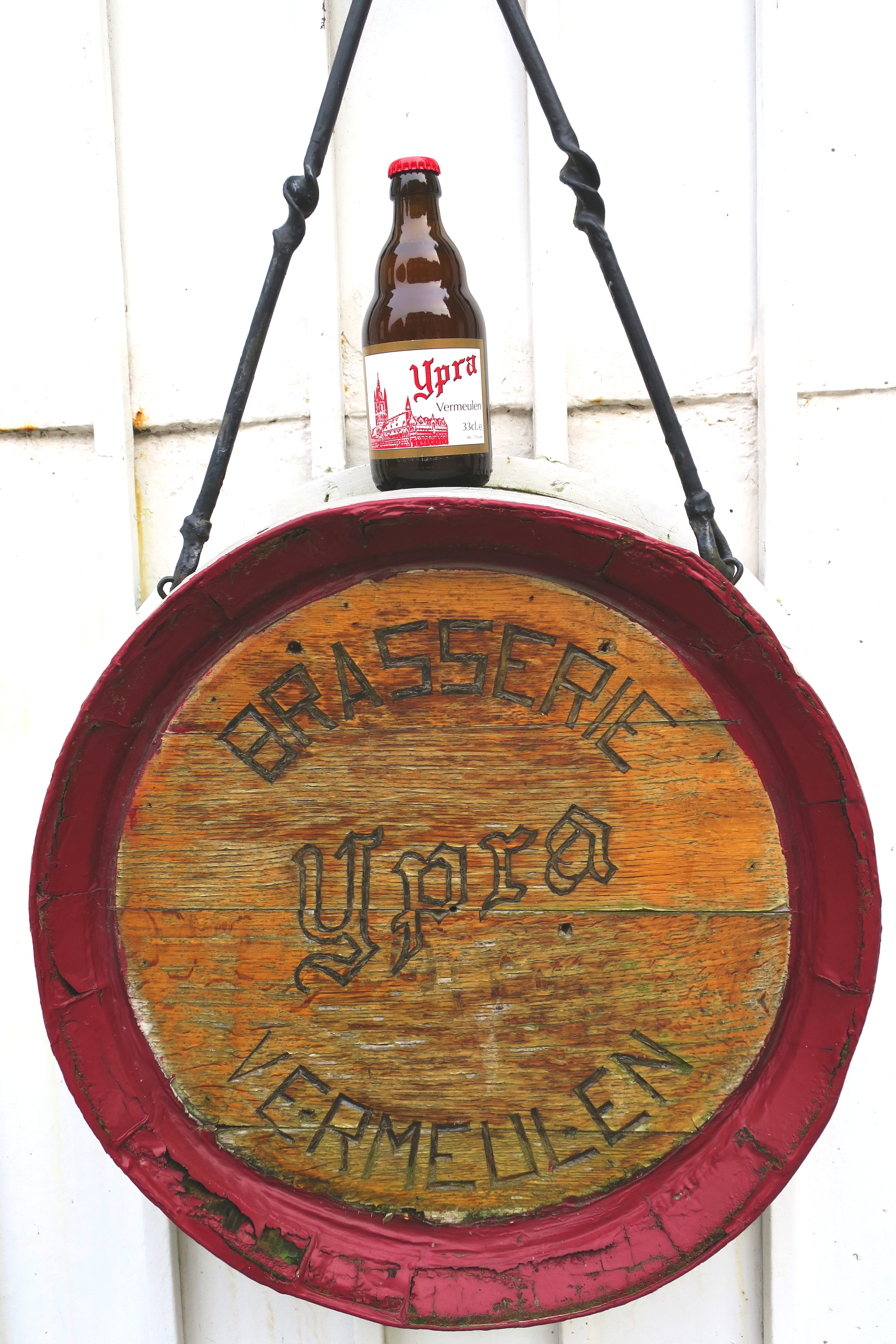
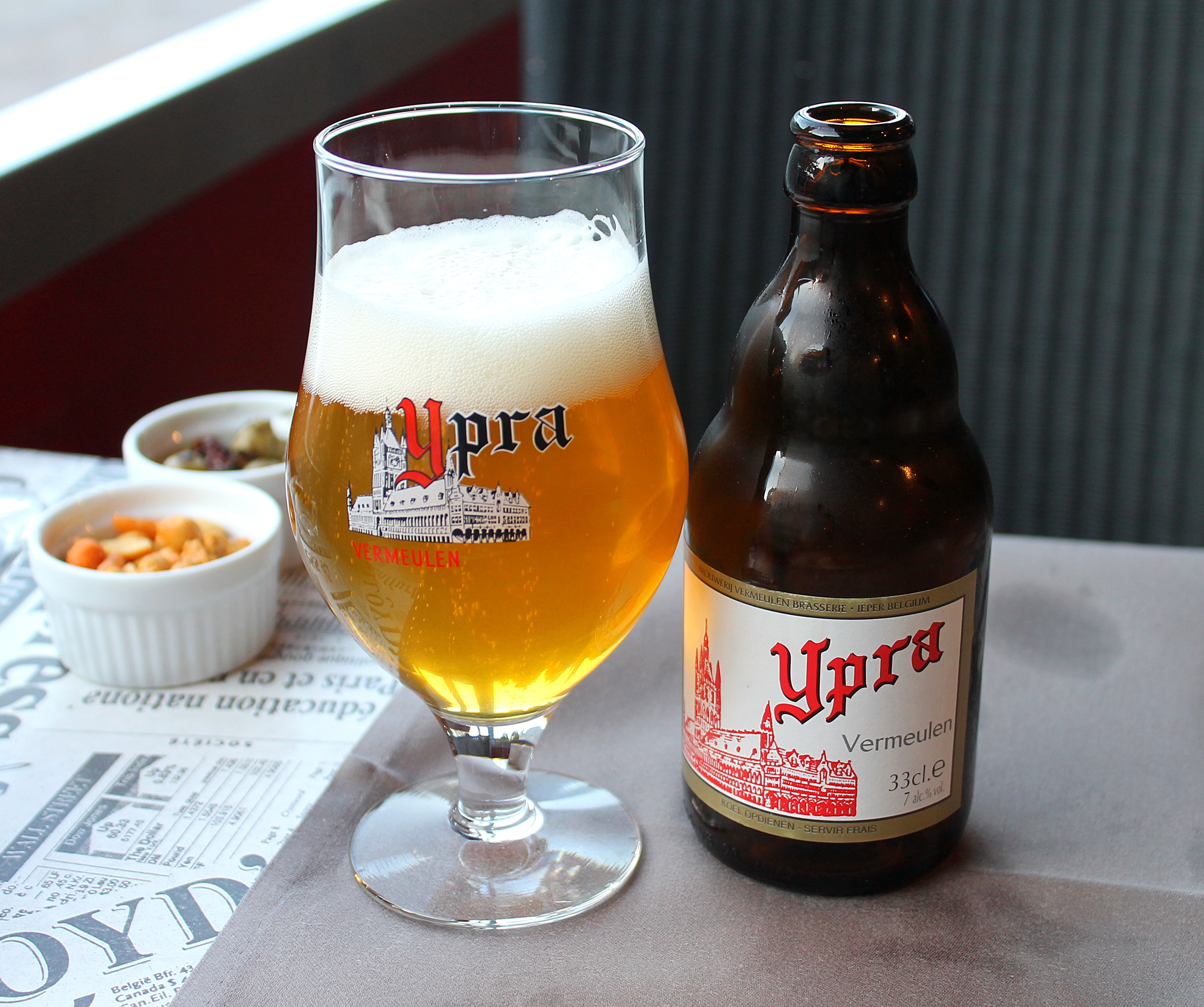
The Hopperie (Tom’s Belgian Beer Bar)
The best bottle shop and beer bar in town is this one on Diksmuidestraat.
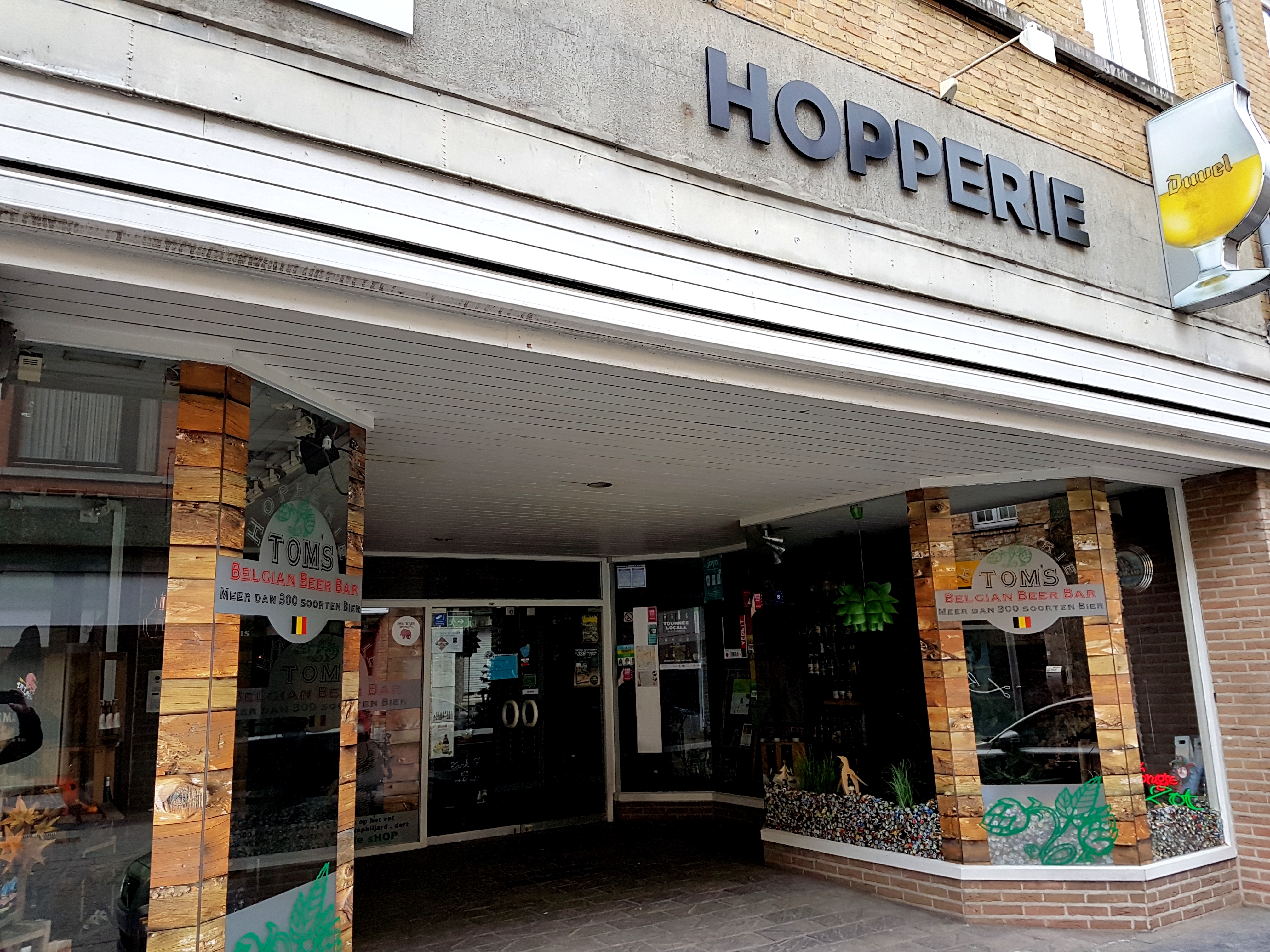
St. Arnoldus Special Biercafe
This is a new establishment advertising 25 local beers on tap and located just a short distance from Menin Gate. For a beer aficionado, you probably won’t find anything particularly “special” on tap, but the average beer drinker will enjoy the selection and the Belgian Trappist-like atmosphere.
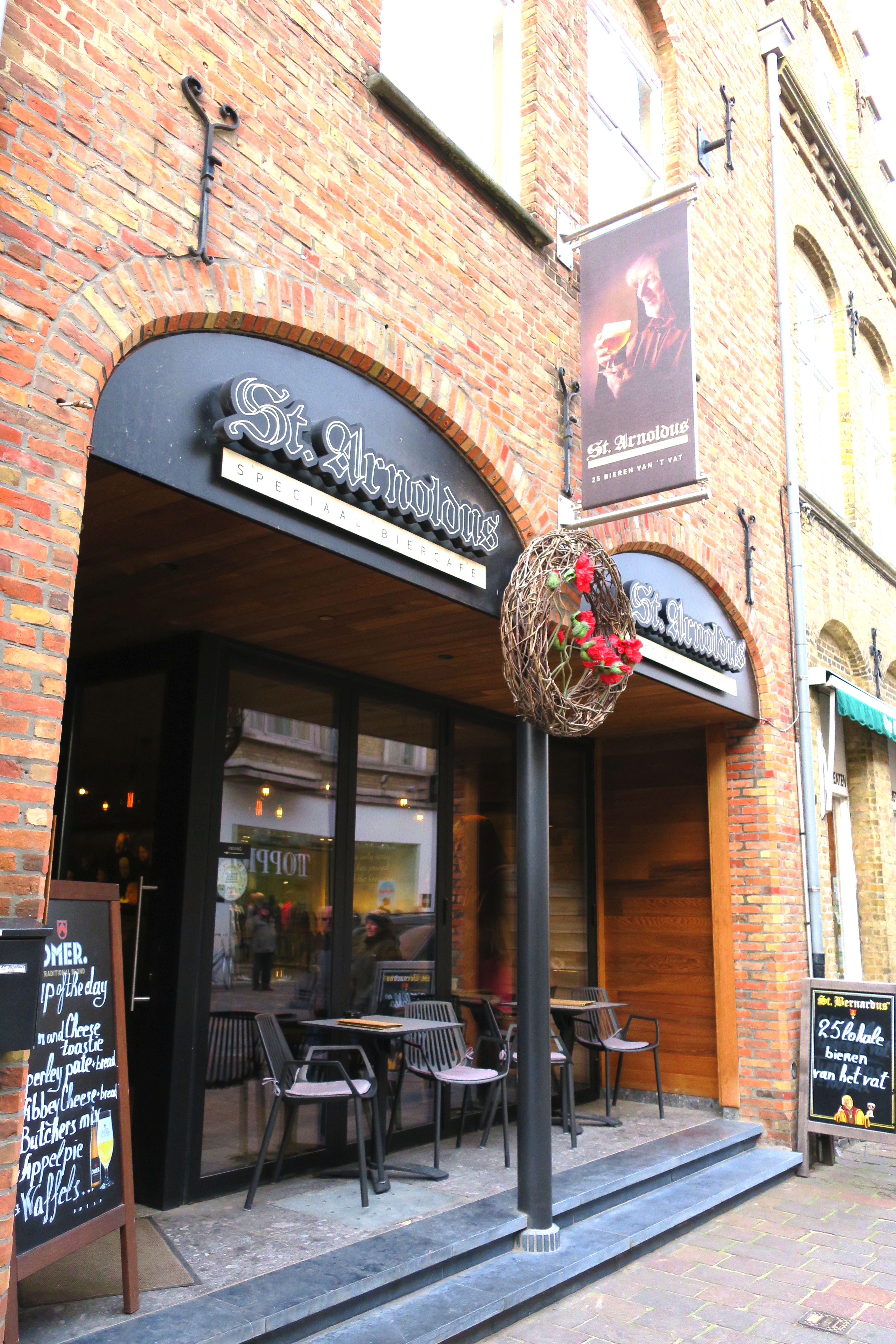
Beer & Bike the Countryside
The countryside around Ypres is an amazing collection of sites, museums, memorials, and cemeteries related to World War I. The best way to explore this is to take a bike ride. While the scenery may be “deficient”, the flat terrain makes for a very easy and enjoyable ride. This ride will be the subject of a future blog post.
Conclusion
If you have a chance to visit Belgium, I hope that you give Ypres a chance to charm you the way it has charmed me. In any case, a visit to Belgium without connecting with its World War I past would be a visit that is missing a crucial piece to understanding the importance Belgium and the Great War had on the 20th century and beyond. There are reasons beyond tourism that the Great War plays such an important role in the touristic agenda here…
Lest we forget.
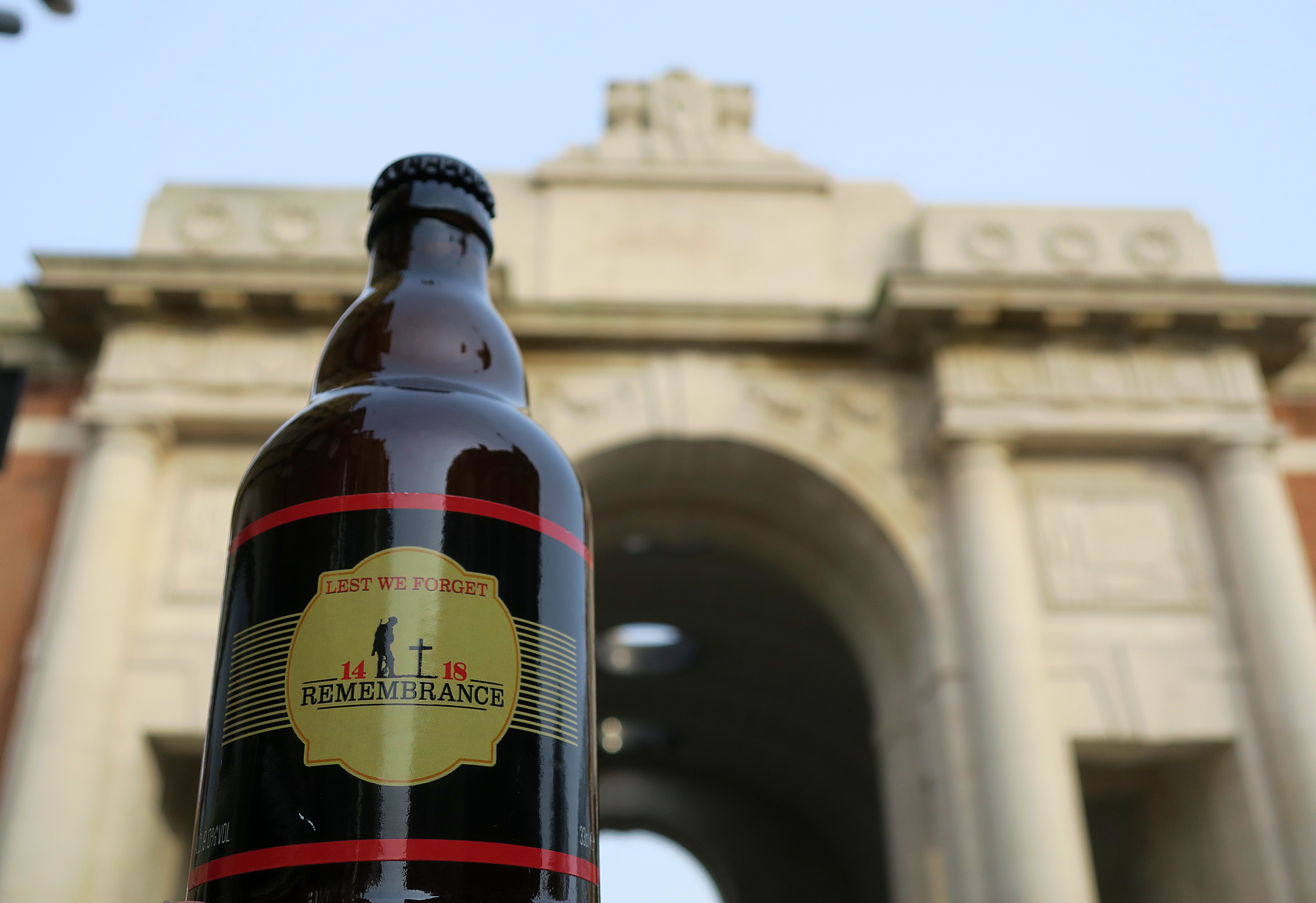

A great and informative post with important historical facts! The history and brutality of WW1 shouldn’t be forgotten. It’s important to be reminded of the crucial role Belgium, and Ypres in particular, played in the war. Thank you for sharing!
LikeLiked by 1 person
Just a short comment on “Drink an Ypra” : you can’t visit brewery Vermeulen, simply because it is not a real brewery anymore since 1970. Since then it is just a beer wholesaler, which has its own trade mark Ypra brewed at the Proefbrouwerij in Lochristi
LikeLiked by 1 person
Thank you for the information! That explains it. 😁
LikeLike
No nap in the poppy field? xoxo
LikeLike